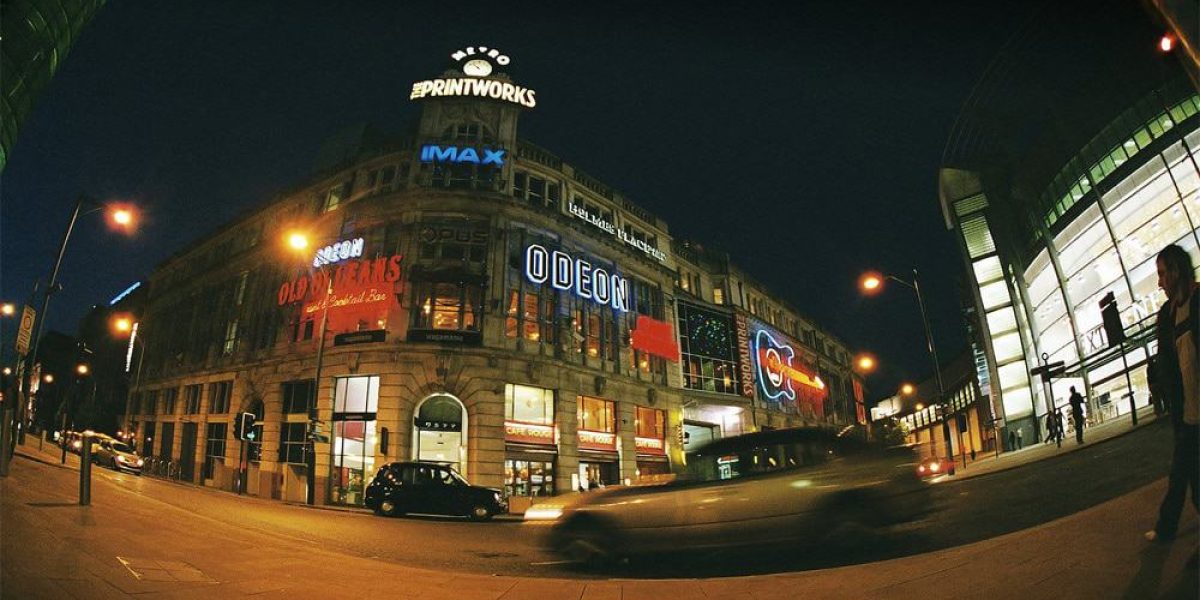Lifecycle lending is the process where one lender fulfils all a borrower’s property financing requirements over a long period of time.
Property deals that need commercial mortgages can be complex, and require lenders to analyse each individual deal before making lending decisions. If a property investor requires several loans over a few years, then there are advantages of using the same lender. The lender’s account manager will know the borrower well and have a lot of the information needed for a loan application on file which will cut down on the number of documents that the borrower needs to provide to support each loan application.
By getting to know the property investor and their business record, the account manager is in the position to speed up the loan application process. The lender may have a range of financial products, and the account manager will be able to advise on the best one.
The borrower can also use the same valuer and lawyer for each commercial mortgage application and this can make the valuation and legal work more efficient.
The downside to lifecycle lending is that, in a competitive lending market, staying with one lender may not result in the cheapest loan deal. A mortgage broker may be able to find better terms with a specialist lender. A broker can also source bridging loans to complete time sensitive property purchases when there are delays in obtaining commercial mortgage funds. Using different lenders may be harder work, but it can save money.



